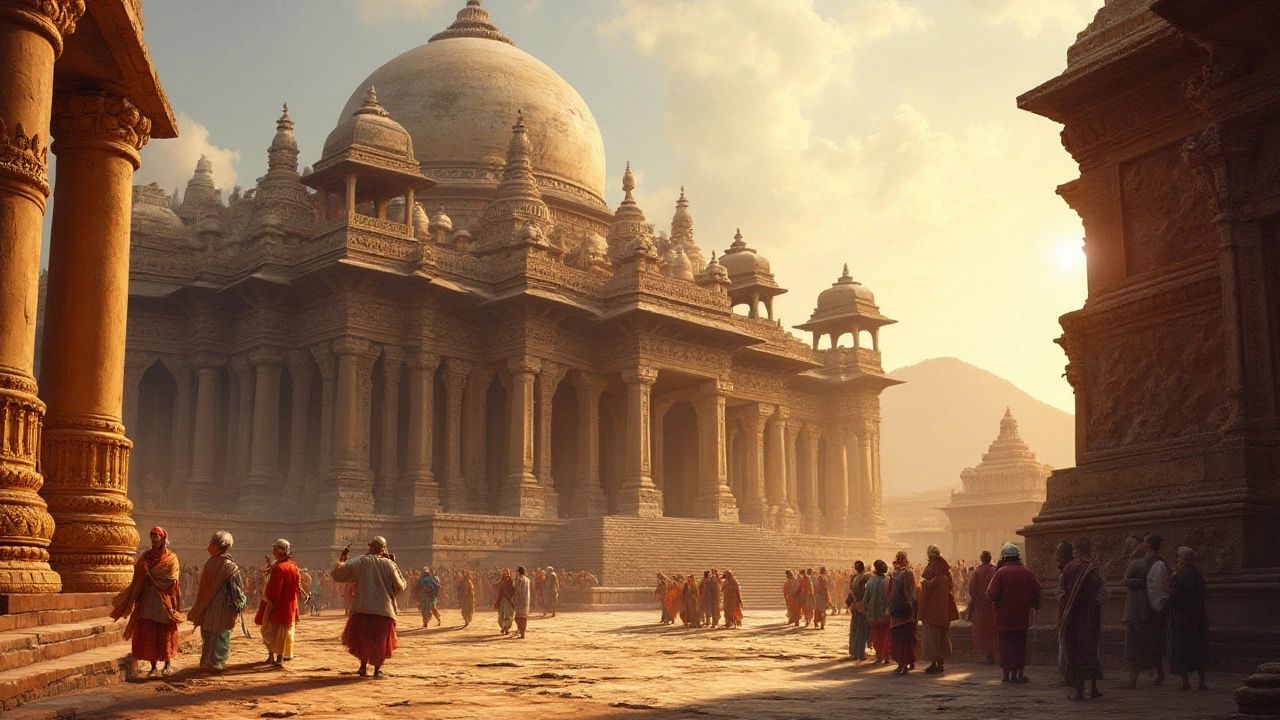Ancient Civilizations in India: Discover Lost Worlds and Living Heritage
When we talk about ancient civilizations, complex societies that developed early systems of writing, governance, and architecture long before modern nations existed. Also known as early human cultures, they built cities, traded across continents, and left behind monuments that still draw millions today. India isn’t just home to the Taj Mahal—it’s one of the few places on Earth where ancient civilizations never truly disappeared. Their roots still pulse through temple rituals, village festivals, and even the way people walk through a market today.
Think of the Indus Valley Civilization, one of the world’s first urban cultures, dating back over 5,000 years with planned cities like Mohenjo-daro and Harappa. These weren’t just ruins—they had sewage systems, standardized weights, and trade networks reaching Mesopotamia. Then came the Vedic period, where oral traditions became sacred texts still recited in temples across North India. The Chola Dynasty, a powerful South Indian empire that built massive stone temples with intricate carvings still standing today, turned religion into architecture. And today, those same temples—like those in Thanjavur or Madurai—are active places of worship, not just tourist stops.
India’s UNESCO World Heritage Sites, places recognized by the UN for their cultural or natural importance aren’t just curated exhibits. They’re living proof of continuity. The stepwells of Gujarat, the rock-cut caves of Ajanta, the sacred forests of the Western Ghats—these aren’t relics behind glass. Locals still draw water from them, chant prayers under their arches, and hike trails that have existed since before the Roman Empire. Even the temple traditions, rituals and customs passed down for centuries that govern how people enter, dress, and behave inside sacred spaces today? They come straight from ancient codes written in Sanskrit over 2,000 years ago.
What does this mean for you? If you’ve ever wondered why India feels different from other travel destinations, it’s because here, history isn’t behind you—it’s around you. You don’t just visit a temple. You walk through the same doorway a merchant from 1200 CE used. You taste food cooked the same way it was in a royal kitchen centuries ago. You trek a trail that monks once used to carry scriptures across the Himalayas. The posts below don’t just list sites—they show you how to connect with the real, breathing past that still shapes India today.
